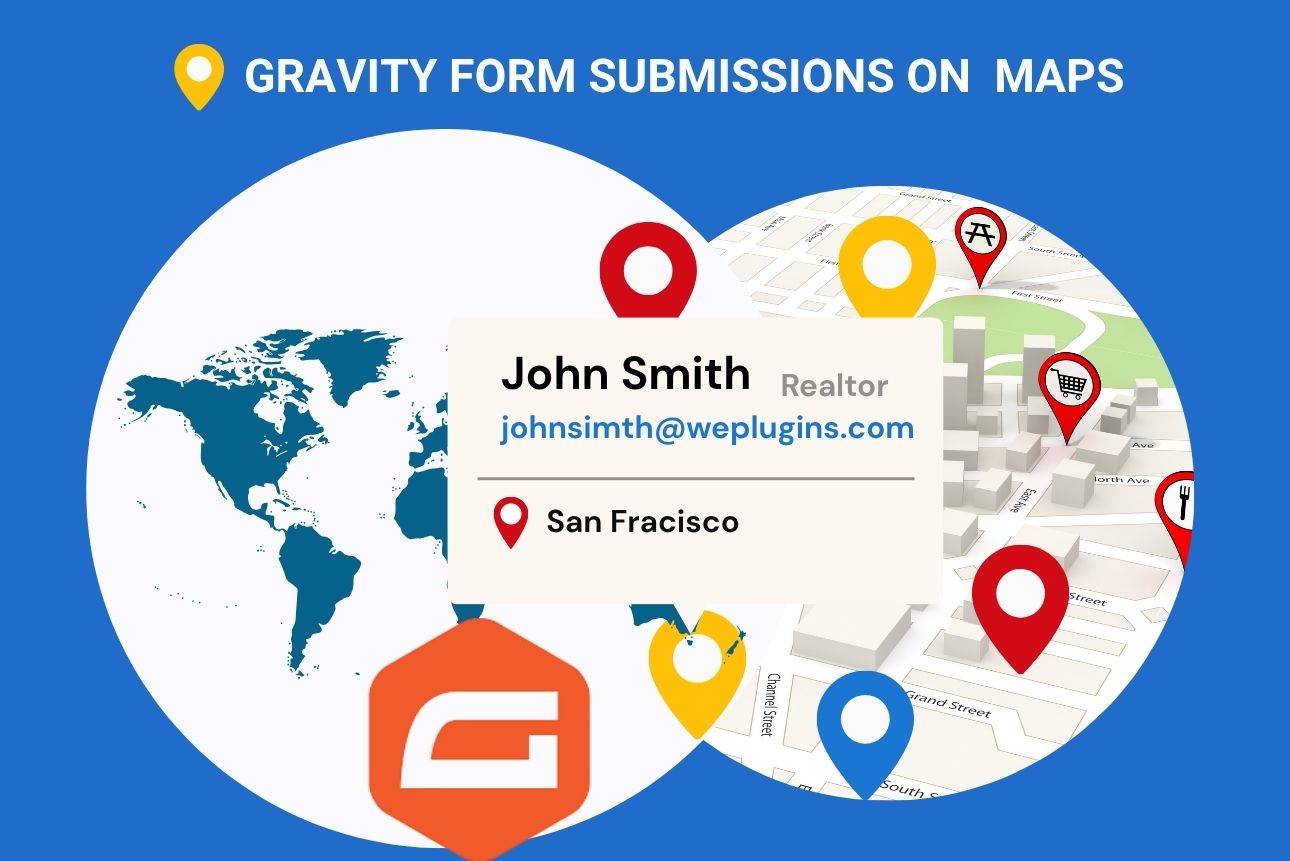This website uses cookies so that we can provide you with the best user experience possible. Cookie information is stored in your browser and performs functions such as recognising you when you return to our website and helping our team to understand which sections of the website you find most interesting and useful.
auth_object_type_sub_type_meta_meta_key filter
Just like any good Indian developer, we love making things super easy and clear. Let’s dive into the `auth_object_type_sub_type_meta_meta_key` filter. You’ll find this filter super handy when you need to modify capabilities for specific object types/subtypes. When you return true, the mapped meta caps from `edit_{object_type}` will apply.
To get started with the `auth_object_type_sub_type_meta_meta_key` filter, you’ll first need to register it using `add_filter`. You can place this code in the `functions.php` file of your activated theme or even better, in a custom WordPress Plugin. Here at WePlugins, we always prefer creating custom plugins to avoid any issues during theme updates.
Here’s a breakdown of how to use this hook:
Parameters
- $allowed : (bool) Whether the user can add the post meta. Default false.
- $meta_key : (string) The meta key.
- $post_id : (int) Post ID.
- $user_id : (int) User ID.
- $cap : (string) Capability name.
- $caps : (array) User capabilities.
Below are the 6 parameters required to use this hook:
Live Examples
1. Basic Usage
Below is an example of how you can use this hook.
function weplugins_modify_auth_object_type_sub_type_meta_meta_key_defaults($allowed, $meta_key, $post_id, $user_id, $cap, $caps) {
// Update the $allowed variable according to your website requirements and return this variable.
// You can modify the $allowed variable conditionally too if you want.
return $allowed;
}
// Add the filter
add_filter("auth_object_type_sub_type_meta_meta_key", "weplugins_modify_auth_object_type_sub_type_meta_meta_key_defaults", 10, 6);
2. Conditional Modification
Here’s how you can modify the $allowed variable conditionally based on the meta key.
function weplugins_modify_auth_based_on_meta_key($allowed, $meta_key, $post_id, $user_id, $cap, $caps) {
if ($meta_key == 'custom_meta_key') {
$allowed = true; // Allow for this specific meta key
}
return $allowed;
}
// Add the filter
add_filter("auth_object_type_sub_type_meta_meta_key", "weplugins_modify_auth_based_on_meta_key", 10, 6);
3. Removing the Hook
If you need to remove a registered hook, use the example below.
// Remove the filter
remove_filter("auth_object_type_sub_type_meta_meta_key", "weplugins_modify_auth_object_type_sub_type_meta_meta_key_defaults", 10, 6);
Please make sure to provide the same callback function name, priority, and number of arguments while removing the hook callback.
Contact Us
If you need any customization or are having trouble using this hook, feel free to Contact Us. We’re here to help!
Explore the latest in WordPress
Trying to stay on top of it all? Get the best tools, resources and inspiration sent to your inbox every Wednesday.




